Today’s News – April 24, 2020
Fully vetted for accuracy by C-vine News
What are the re-opening plans for YOUR state?
Virus Lockdowns, Reopenings: Here’s the Situation With All 50 States
Here’s the situation with each state. This post will be updated. Last updated on April 24.
Alabama
Gov. Kay Ivey, a Republican, said on April 21 that her stay-at-home order would remain in place until April 30 despite neighboring states starting to reopen.
“No one wants to open up businesses more than I do,” she said. “We had a 2.7 percent percent unemployment rate in February, and I’m eager to get back to that.”
Ivey said an executive committee is analyzing how to best reopen the state.
Alaska
Gov. Mike Dunleavy, a Republican, issued a stay-at-home order on March 27. He announced on April 21 that restaurants can start dine-in service on April 24. New guidelines would also allow retail stores like barbers, nail salons, and hairdressers to reopen.
Depending on how phase one goes, more businesses will be allowed to reopen, Dunleavy told reporters on April 23.
“We cannot hunker down indefinitely,” Dunleavy said. “We are fully prepared that if there is a spike, there is an outbreak, a cluster, that we get on that very quickly.”
The governor also eased restrictions on travel within the state, issuing an order that allows intrastate travel for outdoor recreation. Groups as large as 20 can go on day trips but individuals were asked to maintain distance between themselves and people they don’t live with.
Arizona
Gov. Doug Ducey, a Republican, issued a stay-at-home order in late March. The order is currently in place until April 30.
Restrictions could continue past that date, Ducey said at a press conference on April 21. He said his decision will depend on data regarding the COVID-19 pandemic.
Earlier that week, Ducey announced elective surgeries can restart on May 1.
Arkansas
Gov. Asa Hutchinson, a Republican, hasn’t issued a stay-at-home order but has put into place a number of other measures that restrict people’s movement and business activity.
Some businesses will likely be able to reopen on May 4, the governor told reporters on April 22. Hutchinson eased restrictions for hospitals and clinics that day, announcing they can soon resume some procedures deemed non-essential.
“We are moving in the right direction,” Hutchinson said in a statement. “I am encouraged with the trends we are seeing. If we stay on target, our desire and intent is to start lifting restrictions. But we’re going to be watching the data every day. We’re going to take it a step at a time.”
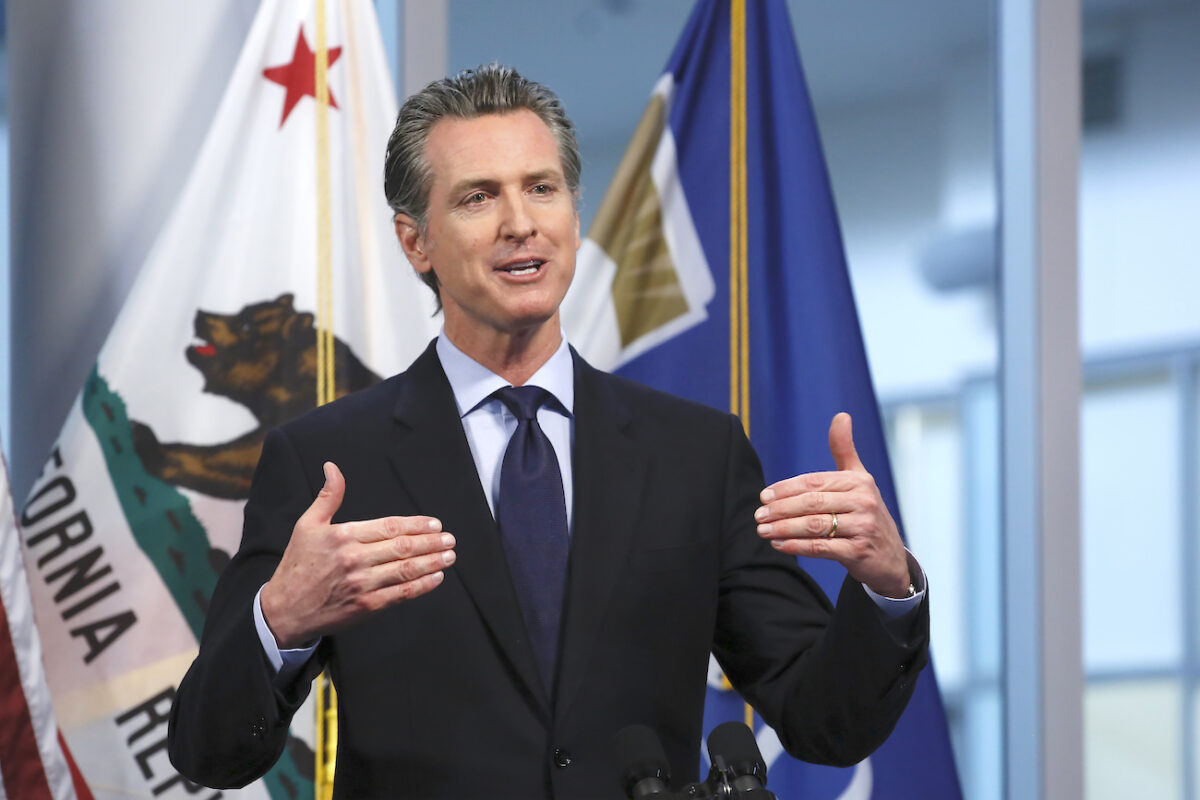
California
Gov. Gavin Newsom, a Democrat, ordered Californians to stay at home except for so-called essential trips in mid-March.
He has said in recent days it would be “unrealistic” for life to return to “normal” anytime soon and spoke of fears of a “second wave” of CCP virus cases if social distancing measures are relaxed.
Colorado
Gov. Jared Polis, a Democrat, mandated residents largely stay home in March. That order is shifting on April 27 to a phase called Safer-at-Home featuring relaxed restrictions, including allowing real estate showings to resume and curbside retail sales to start.
Some businesses can reopen under restrictions on May 1 and some office work can resume on May 4.
“I want to reiterate, the Safer-at-Home phase is not going back to life as normal. It’s not a major adjustment from where we have been,” Polis said in a statement. “Safer-at-Home means most Coloradans should continue to limit social interactions to the greatest extent possible to just individuals in your household and wear facial masks when you are out.”
Connecticut
Gov. Ned Lamont issued a stay-at-home order in March. The Democrat is part of a compact led by New York; the group is coordinating a reopening plan.
Indra Nooyi, part of a committee giving advice to Lamont on reopening, said during an April 23 briefing that the state will take small steps to loosen restrictions sometime in June.
Delaware
Gov. John Carney, a Democrat, also joined the New York-led compact. Carney, who ordered residents to largely stay at home in March, outlined criteria for reopening in an April 23 release.
The first steps, he said, citing federal guidelines, include two weeks of declining symptoms and presumed positive cases as well as the ability to treat COVID-19 patients in hospitals without crisis case.
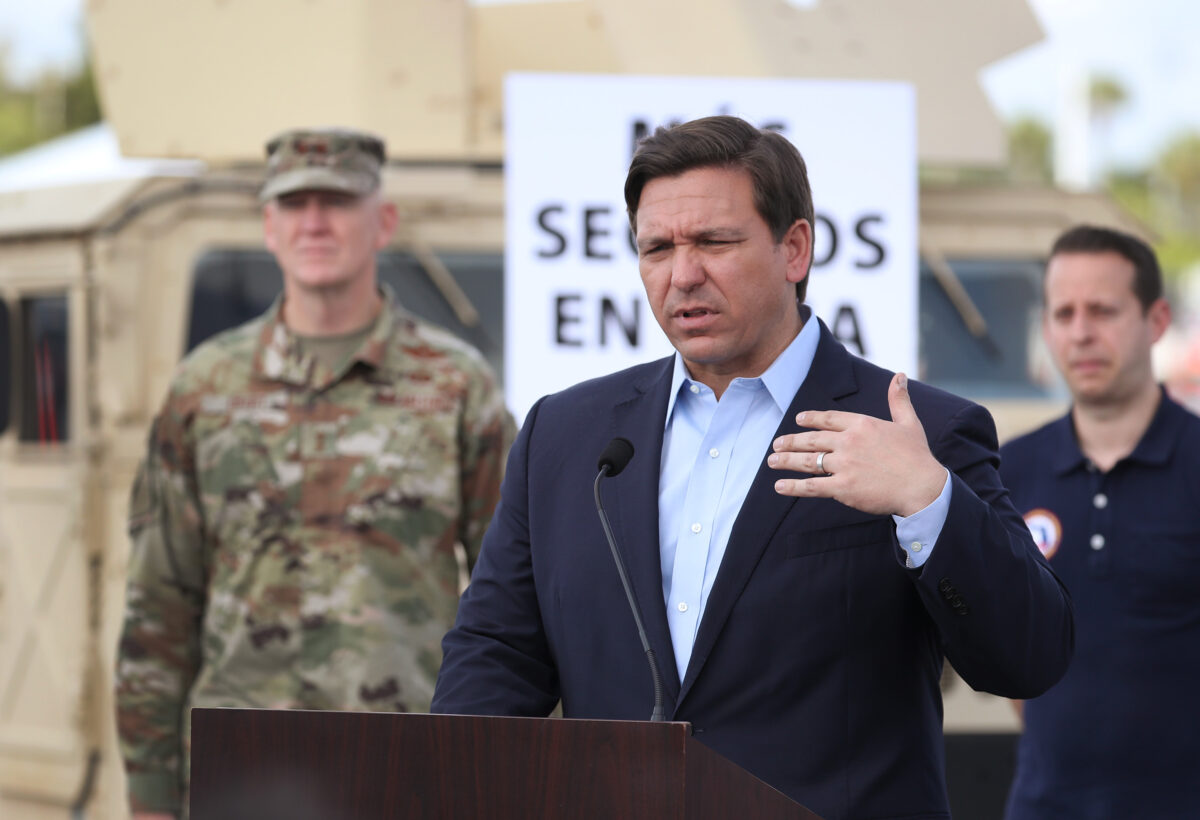
Florida
Gov. Ron DeSantis, a Republican, issued a stay-at-home order on April 1, one of the latest in a nation. He has pushed back on criticism, saying on April 21 that it wasn’t true that the state saw a higher number of cases because of the allegedly delayed action.
“If you look at what’s happened, that’s not true,” he said. “New York, for example, has about 25 times the number of fatalities of Florida.”
DeSantis recently allowed beaches to reopen if local officials decide to do so. A task force he created was slated April 24 to give their recommendations to the governor.
Georgia
Gov. Brian Kemp, a Republican who ordered residents to largely stay at home in March, is allowing some businesses, including restaurants, movie theaters, and bowling alleys, to reopen on April 24.
The stay-at-home order is still in place until April 30.
Kemp has cited the declining number of CCP virus cases in the state as part of his rationale for reopening, along with expanded testing for new cases.
Hawaii
Gov. David Ige, a Democrat, issued a stay-at-home order in late March. The state has imposed some of the harshest measures in the nation, requiring anyone entering to quarantine for two weeks, blocking cruise ships, and closing beaches.
Ige hasn’t said when the state will reopen but some local officials have unveiled plans to ease restrictions, including Honolulu’s mayor.
Mayor Kirk Caldwell said parks would reopen on April 25. He plans to allow golf courses, car dealerships, and botanical gardens to reopen on May 1, as well as the resumption of in-person real estate transactions.
Idaho
Gov. Brad Little, a Republican, announced a four-step plan to reopen the state on April 23.
Little’s original order remains in effect through April 30 but he plans to soon let houses of worship open, along with daycares, organized youth events, and camps.
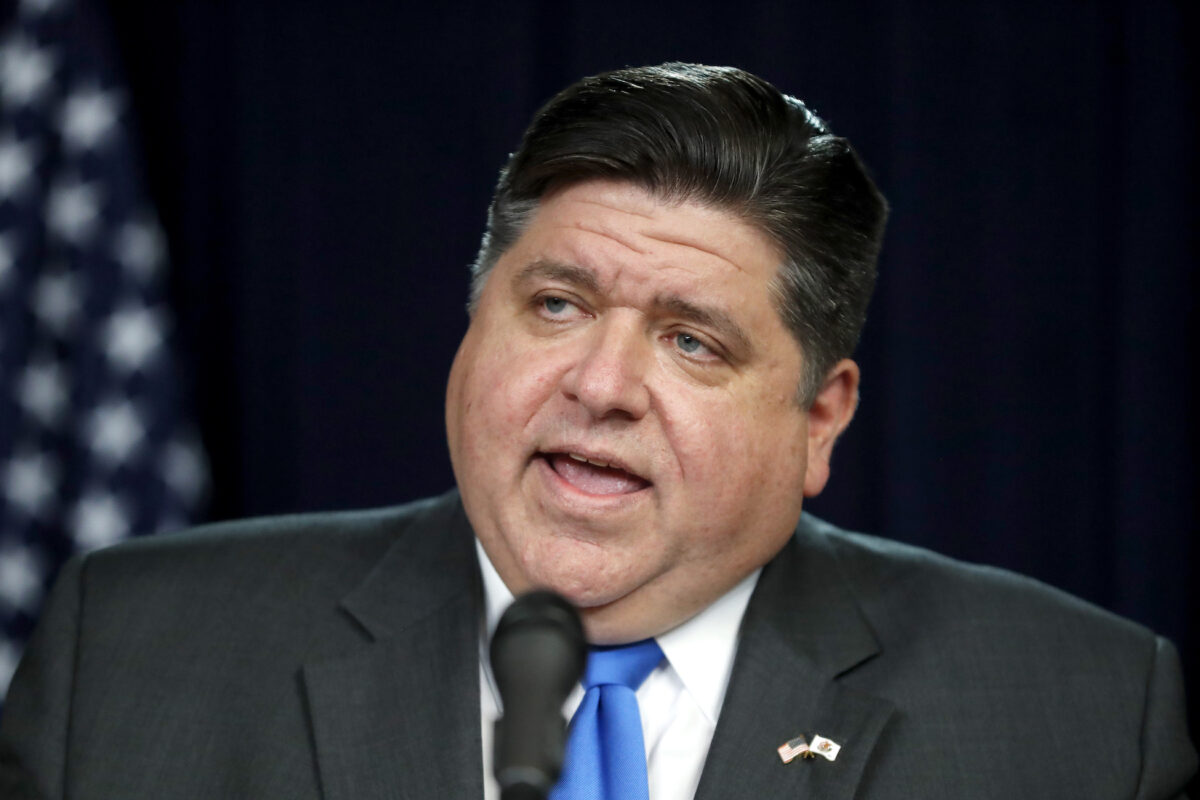
Illinois
Gov. J.B. Pritzker, a Democrat, said on April 23 he was extending his stay-at-home order from May 1 through the end of May.
The altered order requires all residents above the age of 2 to wear a mask or face covering when in public places, unless people can’t “medically tolerate” such a covering.
The order also eased some restrictions, allowing state parks to reopen and letting so-called non-essential businesses take customers’ orders online or by phone and deliver them or have curbside pickup.
Indiana
Gov. Eric Holcomb, a Republican, extended his stay-at-home order on April 20 through May 1.
Along with the extension, the modified mandate lets hospitals begin conducting non-emergency procedures and states clearly that nurseries, garden centers, and some other businesses can open or stay open. Most restrictions stayed in effect.
“I want to thank Hoosiers in every corner of our state who have stayed socially-distanced and hunkered down. Lives are being saved, and we’re slowing the spread,” Holcomb said in a statement. “Continuing the course at this time is essential to flattening the curve while we also prepare to safely reopen Indiana for business.”
Iowa
Republican Gov. Kim Reynolds, among those who refrained from issuing a stay-at-home order, said April 23 that she’s looking at opening her state back up.
She didn’t outline specific dates.
Reynolds said at a briefing that when the reopening begins, some social distancing measures will remain in place.
Kansas
Gov. Laura Kelly, a Democrat who issued a stay-at-home mandate in March, said at a briefing on April 23 that she hopes to reopen the state on May 3, when her order is set to expire.
But the goal is in doubt because “we are nowhere near where we need to be with testing supplies,” Kelly said.
“It’s the biggest frustration that I have.”

Kentucky
Democratic Gov. Andy Beshear said his stay-at-home orders will start to be loosened on April 27, with elective procedures allowed.
Phase one focuses on healthcare but other businesses will be allowed to reopen sometime in the future.
“We will be moving from this phase to others. Healthcare is a good and important place to start some of our reopening,” Beshear said in a statement.
Louisiana
The stay-at-home order from Democratic Gov. John Bel Edwards is slated to expire on May 1.
Edwards told reporters on April 23 he wasn’t ready to make an official announcement regarding reopening but said officials are looking at White House guidelines.
Maine
Gov. Janet Mills, a Democrat, said during a press briefing on April 23 that her stay-at-home rules would slowly be eased, stressing things shouldn’t happen too fast.
Mills’s order remains in effect through May 1 and she didn’t mention specific dates for reopening.
Maryland
Republican Gov. Larry Hogan said April 23 that businesses will be put into groupings of low, medium, and high risk and the low risk ones would be allowed to reopen first.
But, he said in an interview with Politico his stay-at-home orders won’t be eased until the state sees two consecutive weeks of decreases in new CCP virus cases.
Hogan planned to introduce a roadmap for recovery on April 24.

Massachusetts
Gov. Charlie Baker, a Republican who issued a stay-at-home mandate last month, is part of the compact led by New York.
Baker has not issued dates yet for when some businesses can start reopening.
Michigan
Democratic Gov. Gretchen Whitmer, who imposed some of the strictest rules in the nation, including stopping the sale of seeds, announced April 24 she was extending her stay at home order through May 15.
“Data shows that most Michiganders are doing their part by staying home and staying safe. That’s good, but we must keep it up. Social distancing is our best weapon to defeat this enemy,” Whitmer said at a press conference in Lansing.
The amended order requires people to wear masks or other face coverings while in grocery stores and other indoor spaces while easing some restrictions on businesses, allowing landscape companies, nurseries, and bike shops, among others, to reopen.
Minnesota
Democratic Gov. Tim Walz said this week that some businesses can reopen on April 27.
Walz, who issued a stay-at-home mandate in March, said the move will allow 80,000 to 100,000 residents to return to work in industrial, manufacturing, and office settings.
Mississippi
Republican Gov. Tate Reeves issued a shelter-in-place mandate on April 1.
Reeves told reporters this week that some businesses will likely be able to reopen soon but the state hasn’t released details as of yet.
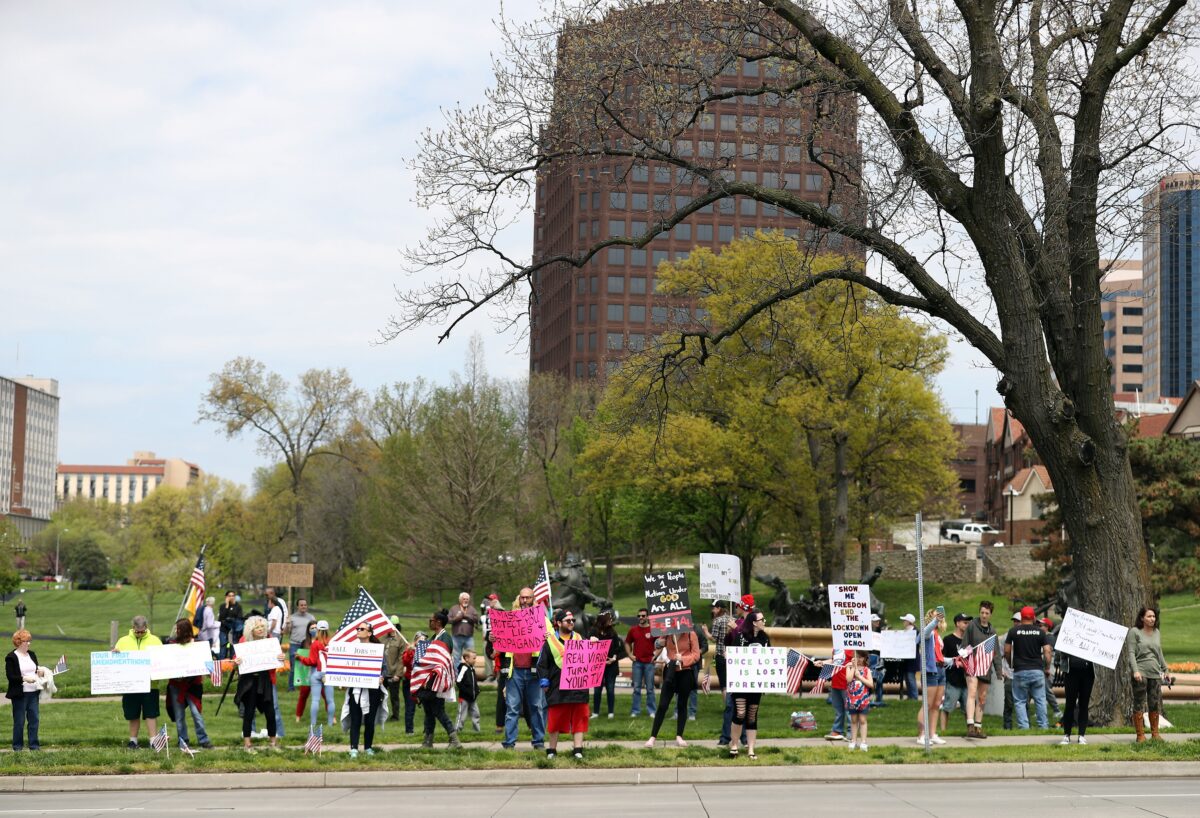
Missouri
Gov. Mike Parson, a Republican who extended his stay-at-home order through May 3, is looking at reopening businesses on May 4.
Preliminary guidelines for reopening are expected on April 27.
Montana
Gov. Steve Bullock, a Democrat who issued a stay-at-home order in March, said on April 22 that a phased reopening of the state will start on April 26.
Businesses can open on April 27 if they adhere to social distancing requirements, while houses of worship were being allowed to open on Sunday with similar measures in place.
“There are very few states in the country that can say they have seen the number of positive cases decline over these past weeks. Montana can say that because, together, we have made that decline in cases possible,” Bullock said in a statement.
“While there is reason for optimism this is not a time for celebration. I am going to ask Montanans to continue to go to great lengths to protect one another, to continue looking out for our neighbors who need it the most, and to continue being vigilant in every step we take.”
Nebraska
Gov. Pete Ricketts, a Republican, did not issue a stay-at-home order, though he put into place other measures.
Ricketts is allowing some health-related businesses to reopen or expand service, including dental work and veterinary services.
Nevada
Democratic Gov. Steve Sisolak this week said his mandate would be relaxed to let gyms, some restaurants, and a selection of outpatient facilities reopen, but he declined to give a date on when that would happen.
Sisolak said at a briefing that it would depend on how fast the state can ramp up testing for the CCP virus.

New Hampshire
Gov. Chris Sununu, a Republican, issued a stay-at-home order in late March.
Sununu hasn’t outlined definite plans for reopening and said this week he might extend the order past May 4, when it’s currently set to expire.
New Jersey
Presiding over one of the largest outbreaks in the nation, Democratic Gov. Phil Murphy has not outlined plans for easing his stay-at-home order or other restrictions.
Murphy said he’d release a reopening plan in the coming days.
New Mexico
Democratic Gov. Michelle Lujan Grisham this week extended her stay at home order through “at least” May 15.
“We’re not ready to ease up,” she said in a statement. “I want to be crystal clear: While we’re making progress, we are not yet out of the woods. We will not be able to reopen everything on May 16. The virus will not be gone on May 16. The pandemic will not be over. There is no magical date.”
New York
Gov. Andrew Cuomo, a Democrat, has not said when a reopening will happen in the state hit hardest by the pandemic.
The leader of a compact on reopening, Cuomo said he won’t be pressured into reopening the state.
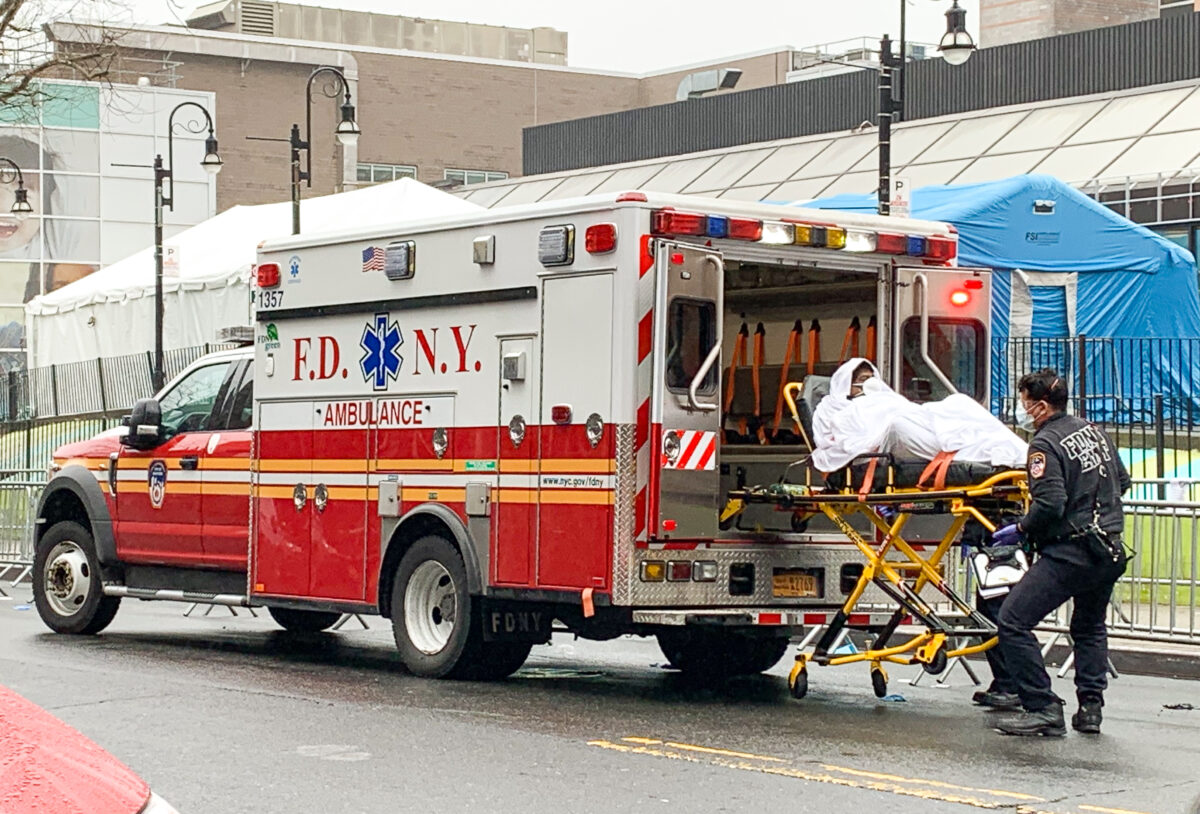
North Carolina
Republican Gov. Roy Cooper extended his shelter-in-place mandate through May 8 and said there are three phases to the state’s reopening.
Phase one would let some businesses reopen, such as clothing stores, houseware stores, and book stores, and parks would also reopen.
North Dakota
Gov. Doug Burgum, a Republican who didn’t issue a stay-at-home order, said on April 15 that some businesses can reopen as soon as May 1.
Burgum said on April 23 that businesses in the agriculture, energy, and health fields are welcome to reopen at any time, along with education businesses that can carry out learning online.
Ohio
Gov. Mike DeWine, a Republican, ordered people to stay at home in March.
DeWine said April 23 he will release plans on reopening on April 27.
Oklahoma
Republican Gov. Kevin Stitt announced April 22 that some businesses will be allowed to reopen on April 24.
Hair salons, barbershops, and several other groups of businesses can open on Friday but can only serve customers who make appointments as they adhere to social distancing restrictions.
Other businesses will be allowed to reopen on May 1.

Oregon
Gov. Kate Brown, a Democrat who is part of a compact led by Newsom, issued an early shelter-in-place order in March that was later extended.
Brown announced April 23 that she was lifting her order blocking non-urgent procedures for health care providers, effective May 1. A larger reopening plan is still in the works.
Pennsylvania
Democratic Gov. Tom Wolf, part of Cuomo’s compact, is targeting a reopening starting May 8, nearly two months after he issued a stay-at-home order.
Wolf is categorizing the reopening into three phases, red, yellow, and green, which will be assigned based on conditions in a county, counties, or region.
Rhode Island
Democratic Gov. Gina Raimondo said this week her administration is working on a plan that will reopen public parks and state beaches, while the economic reopening will happen in stages.
Six benchmarks must be met for businesses to reopen, Raimondo said, including a slowing of new cases, plans for social distancing in companies and houses of worship that open their doors, and plans to shut down portions of the economy in the future if an outbreak occurs.
South Carolina
Gov. Henry McMaster, a Republican who didn’t issue a shelter-in-place order, allowed some businesses to reopen starting April 20.
McMaster also said beaches could reopen, pending decisions by local officials.

South Dakota
Republican Gov. Kristi Noem, who implemented some measures but no stay-at-home mandate, said on April 20 that a group of medical experts would create a plan for reopening.
Rapid City, one of the state’s largest cities, said April 23 it had a reopening plan.
Tennessee
Republican Gov. Bill Lee said on April 20 that his stay-at-home order wouldn’t be extended past April 30.
During a briefing on April 23, he said restaurants can reopen for dine-in service on April 27 provided they follow amended social distancing guidelines.
“The most important thing to me is that people can get back to work and businesses can begin to reopen,” Lee told reporters. “The economic difficulty that’s been created by this, it has been devastating to our state, and the sooner we can begin to change that picture, the better.”
Lee said April 24 that most state parks can reopen.
Texas
Republican Gov. Greg Abbott, who issued a stay-at-home order in March, announced on April 17 a phased reopening that included some businesses being able to reopen on April 24.
State parks reopened on April 20.
Utah
Republican Gov. Gary Herbert, who did not issue a stay-at-home mandate, said on April 17 that restaurants, gyms, and parks would start reopening in the coming weeks.
Herbert has not issued a firm date for reopenings.
Vermont
Gov. Phil Scott, a Republican, issued an addendum to his stay-at-home order on April 20, announcing some “low contact” businesses could reopen if they had no more than two staff members.
“We’re seeing some promising results and continue to trend below even the best-case scenarios predicted in recent forecasting,” Scott said in a statement. “What these trends also show is that with the right precautions, we can take small steps to get more Vermonters back to work and avoid a spike in cases that would put lives at risk.”
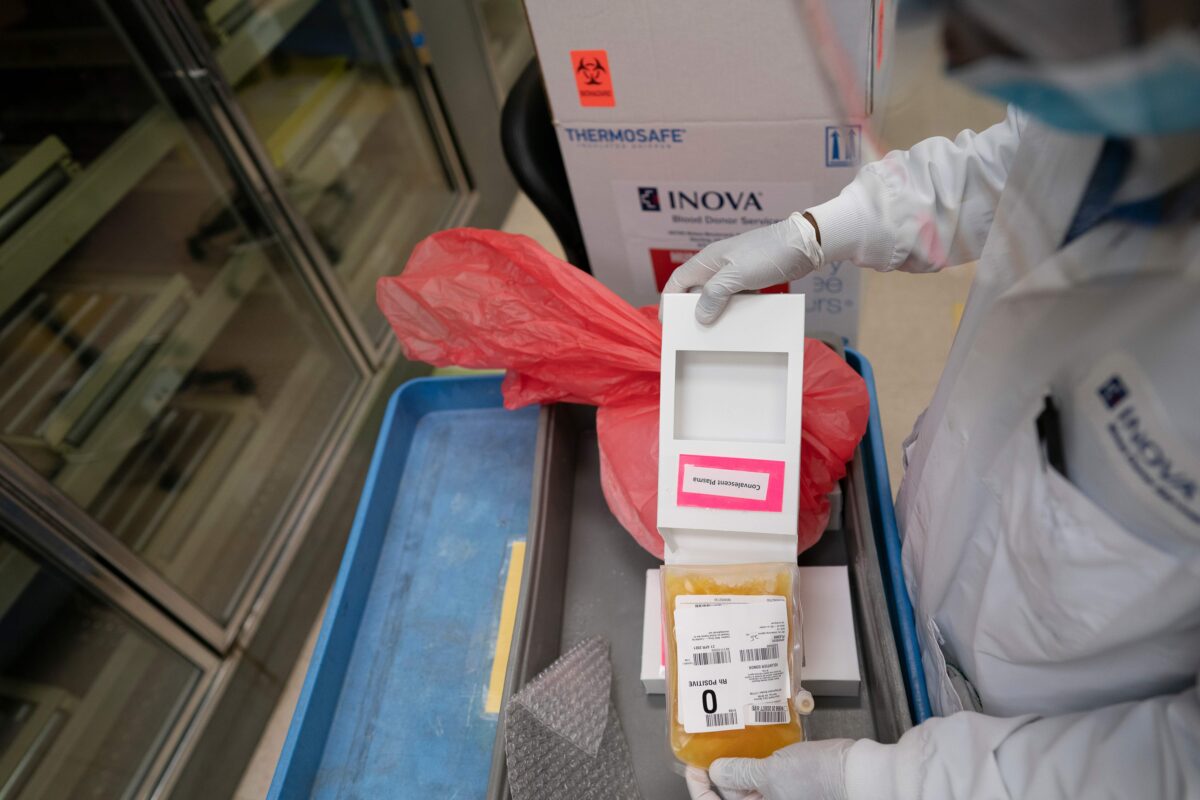
Virginia
Democratic Gov. Ralph Northam issued a stay-at-home order on March 30 that is in effect until June 10, the longest time period of any state.
Northam hasn’t outlined a reopening plan but has said increasing testing capacity is key to reopening the state in a safe manner.
Washington
Gov. Jay Inslee, a Democrat, issued a stay-at-home order in March. He said last week that it’s not clear whether some businesses can reopen on May 4, the date the order is currently set to expire.
Inslee on April 21 laid out a plan for reopening the state.
West Virginia
Gov. Jim Justice, a Republican, on April 20 issued an executive order allowing hospitals to resume elective procedures.
Justice said during a press conference on April 22 that he will release guidelines on reopening the state in the coming days.
Wisconsin
Democratic Gov. Tony Evers, who issued a stay-at-home order in March, unveiled a plan on April 20 for reopening the state.
“The state will be looking for a downward trajectory of influenza-like illnesses and COVID-19 symptoms reported within a 14-day period, and a downward trajectory of positive tests as a percent of total tests within a 14-day period,” according to a statement from Evers’ office.
“When the state has seen these efforts be successful, Wisconsin can begin to turn the dial, reopen the state, and get businesses and workers back on their feet.”
Wyoming
The least populous state in the nation, among those that didn’t issue a stay-at-home order, will be relaxing other measures put into place soon, Gov. Mark Gordon said on April 23.
The Republican said barber shops, cosmologists, and gyms will probably be able to reopen in the coming days under a modified order the state’s health officer will issue next week.

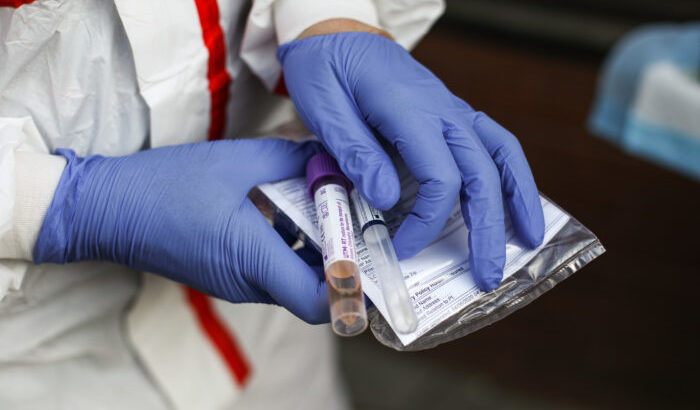
 Bonnie Nirgude’ As a citizen journalist and investigative reporter, I am committed to accurately reporting the news. Wide awake, never asleep, I grew up in a 1960’s patriotic household, aware of the truth behind the false narrative.
Bonnie Nirgude’ As a citizen journalist and investigative reporter, I am committed to accurately reporting the news. Wide awake, never asleep, I grew up in a 1960’s patriotic household, aware of the truth behind the false narrative.